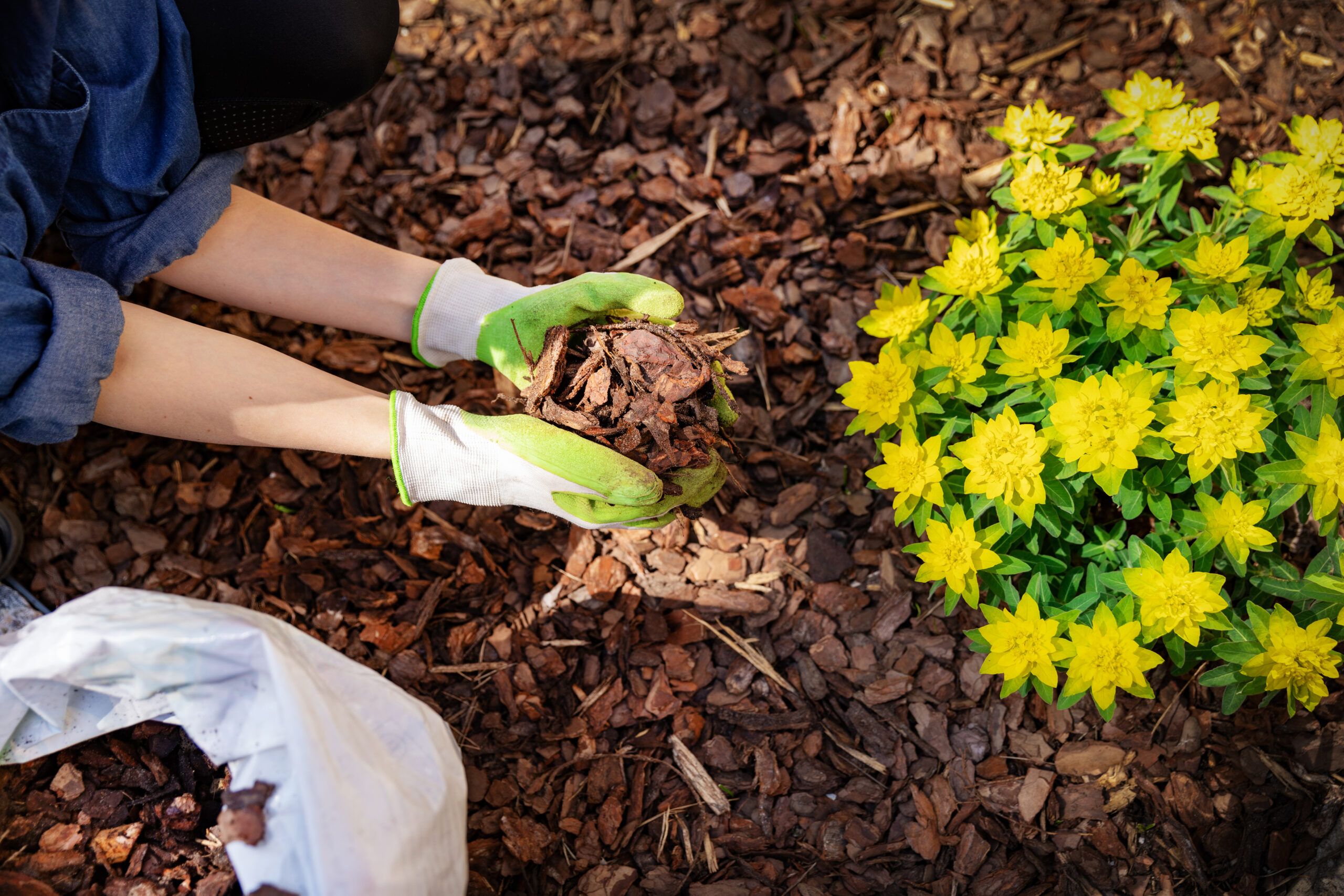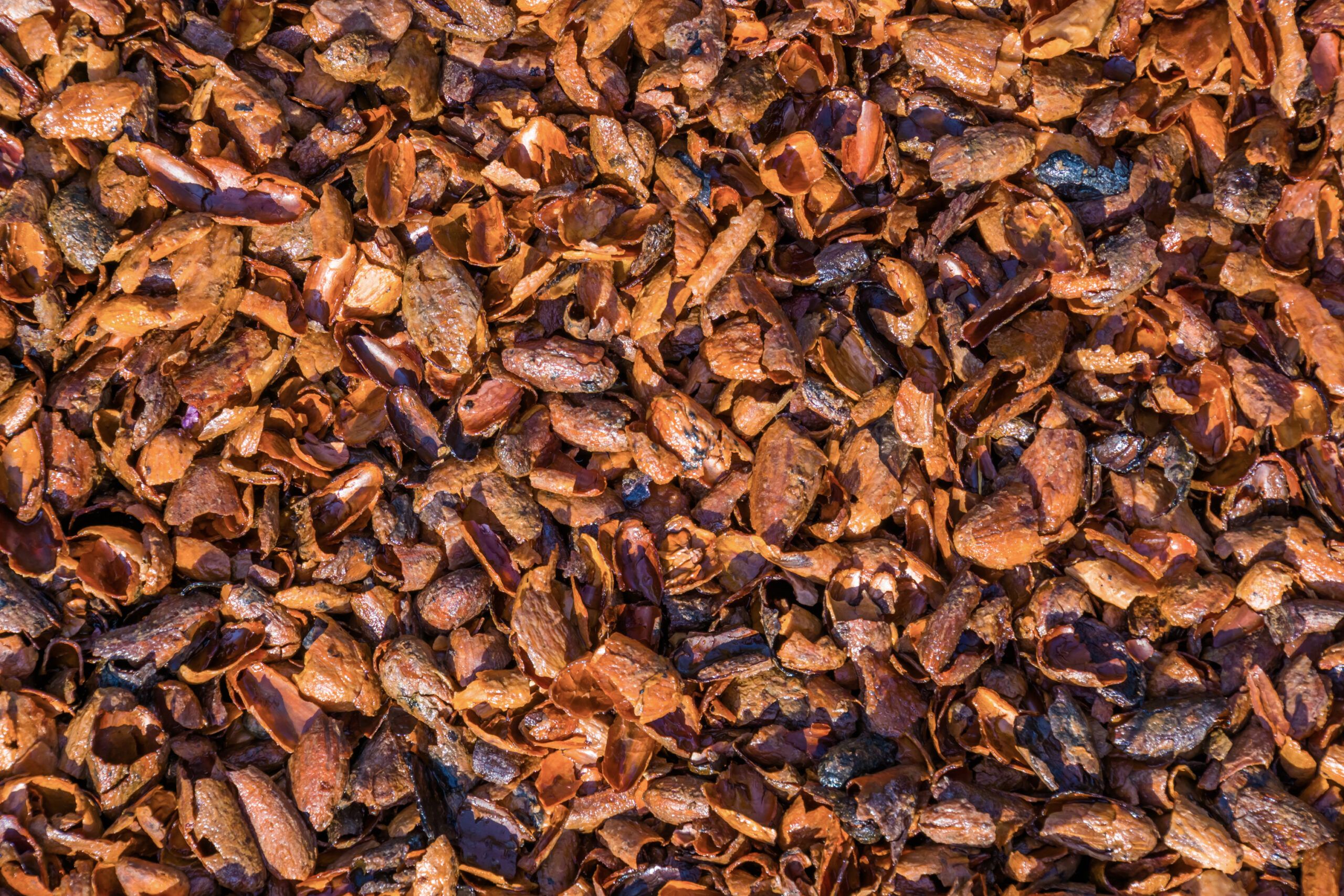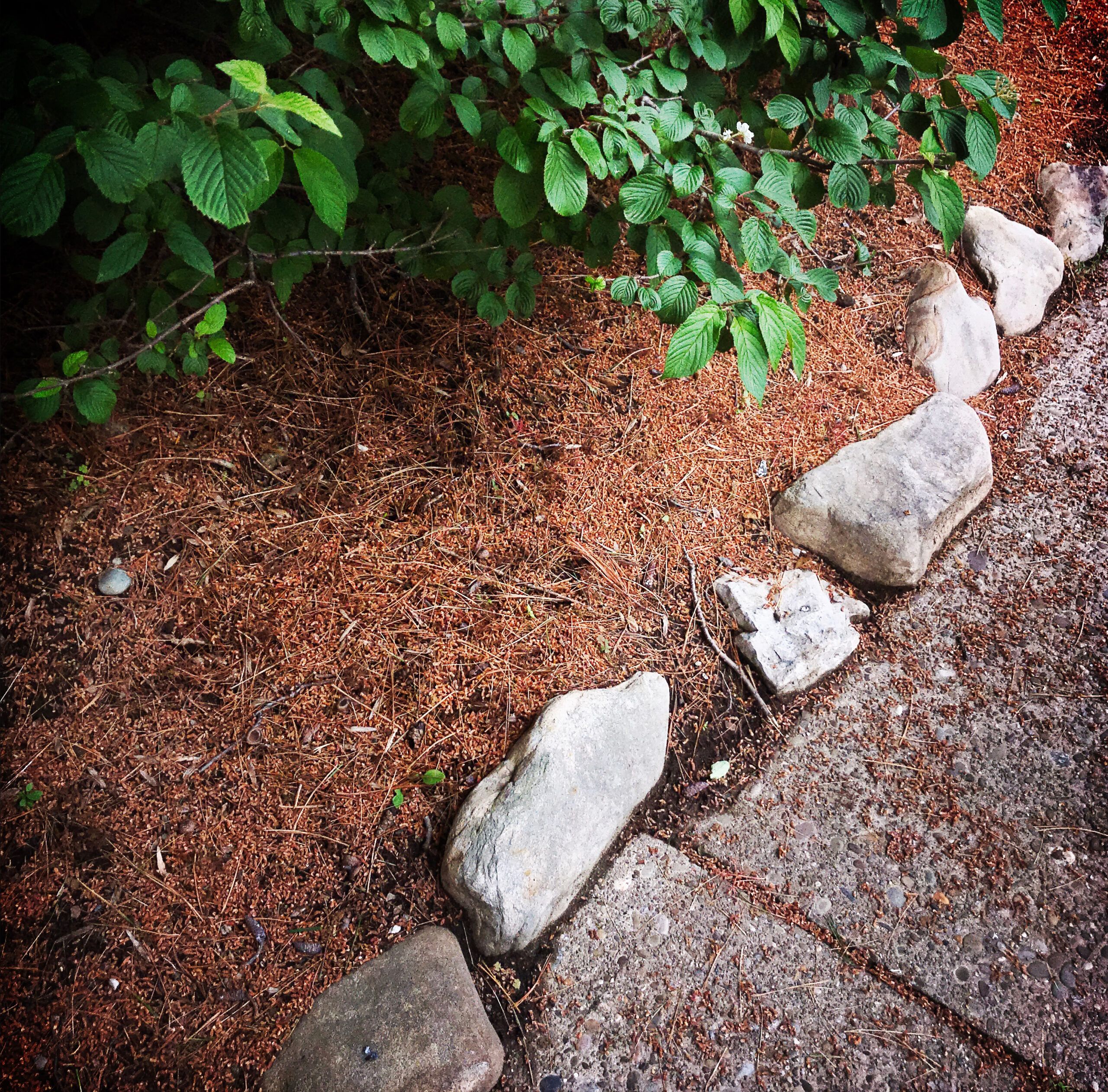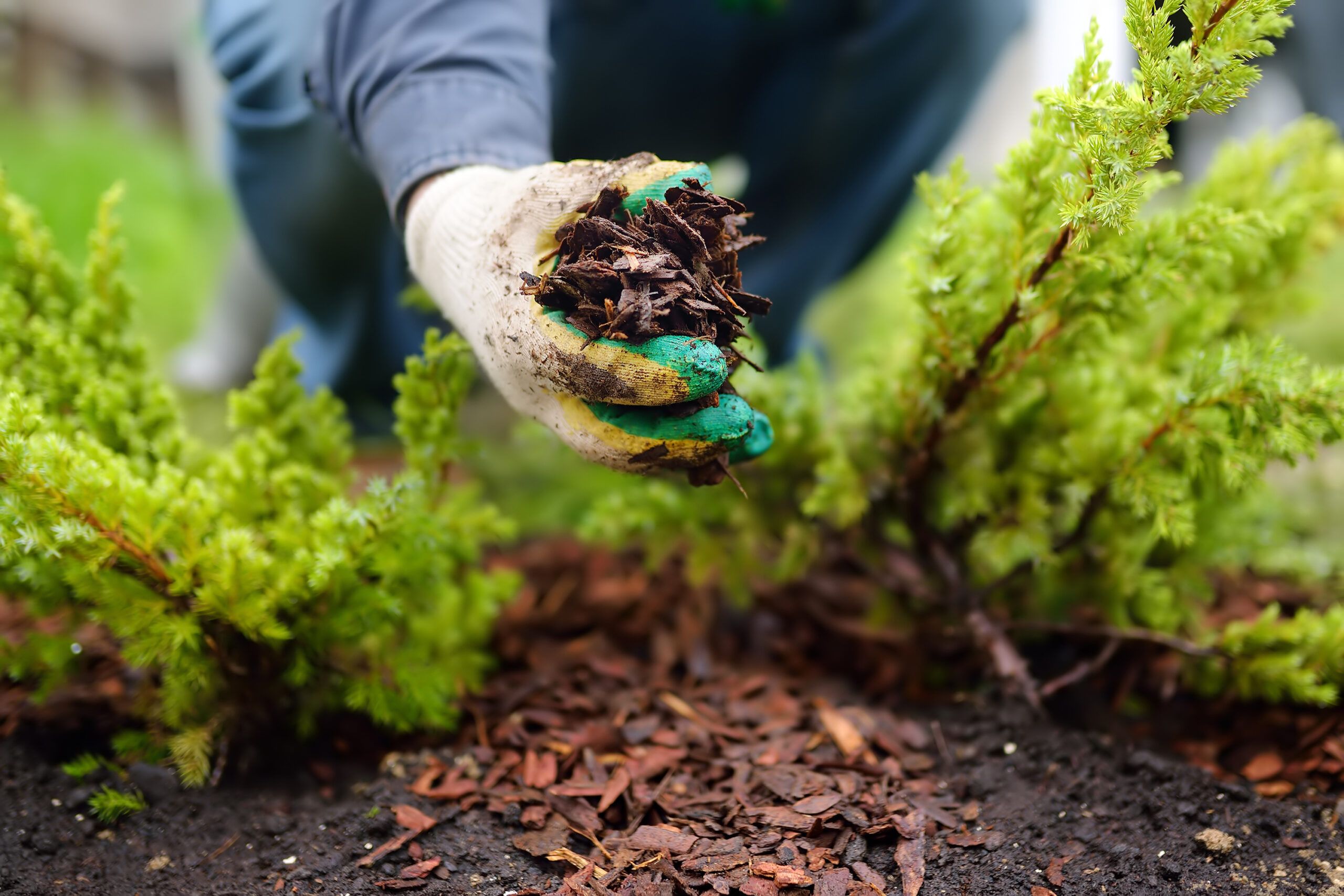Many homeowners don’t give mulch much thought, but it can serve many purposes if you use it correctly. From suppressing weed growth to regulating soil temperatures, it’s an effective strategy to help your garden thrive. In this guide, we’ll explain how to choose the right mulch, the benefits of mulch, and how to apply it to your garden.
The Benefits of Using Mulch
Whether you decide to use synthetic or natural mulch types, you’ll find that it has many benefits, including:
- Aesthetic enhancement: Makes your garden look neat and clean
- Moisture retention: Reduces the need to water your garden by retaining your soil’s moisture
- Soil erosion prevention: Soil can wash away during heavy rains, but mulch provides a protective layer to avoid erosion
- Temperature regulation: Protects your plants against extreme temperatures by keeping your soil cooler in the summer and warmer in the winter
- Weed suppression: By preventing weed growth, mulch reduces competition for nutrients and water.
Types of Organic Mulches
Organic mulch is made up of natural matter. It decomposes over time and feeds the dirt with its nutrients. Organic mulches come in a variety of materials, all of which improve your soil and are good for the environment.
Wood-Based Mulches
Wood-based mulches are usually wood chips or shredded wood. They break down slowly and work well when gardeners use them around trees and shrubs. You can’t beat the price of wood chips, which many tree companies and townships give away for free. Keep in mind that fresh wood chips can deplete soil when they first decompose, so it may be a good idea to use aged chips in your garden bed.
Bark Mulches
Bark mulches come from pine, cedar, maple, and oak trees. This sturdy mulch compacts over time, so it resists blowing or washing away. Because of its staying power, it works well in sloped beds and gardens in wet climates.
Carbon-rich bark is a good choice around shrubs and trees but less so for perennials. Just as you want to avoid newer wood-based mulch chips, you’ll want to do the same if you decide to use bark mulch.

Straw
Straw is inexpensive and easy to find, but it does decompose quickly, which means you’ll have to replenish it more often than other mulch types. Straw mulches provide insulation and control weed growth well, especially in vegetable gardens. Because it contains fewer weed seeds, straw is a better mulch than its close relative, hay. As it breaks down, straw reduces soil’s nitrogen level, so apply a nitrogen-rich fertilizer to counteract this process. This mulch decomposes rapidly, but it’s easy to obtain and inexpensive.
Cocoa Hulls

Finely textured and uniform in appearance, lightweight cocoa hulls—the shells of cocoa beans— release a chocolatey scent as they decompose. Their rich brown hue darkens with age, adding contrast to your plant beds. In humid climates, a harmless mold may form on the hulls, but you can prevent it by applying a thin, 1-inch layer. Like chocolate, cocoa hulls are toxic to dogs, but you can find varieties without theobromine, which is the chemical that dogs and other animals react negatively to.
Eucalyptus Mulch
Eucalyptus mulch is ideal for preventing weed growth and regulating soil temperature. It comes from a renewable resource—a fast-growing tree species found in the Southeastern U.S. The natural oils in eucalyptus mulch also emit a pleasant scent that keeps plant-chomping bugs at bay.
Melaleuca
A layer of melaleuca mulch is environmentally friendly and discourages termites. Melaleuca is an exotic tree species that has overtaken Florida wetlands, and to limit the problem, environmentalists have encouraged grinding the invasive trees into mulch. A study at the University of Florida shows that melaleuca resists termites better than other wood mulches. This mulch is mainly sold in Florida.
Pine Needles

Pine needles, also called pine straw, work well around acid-loving plants, such as Japanese maples, witch hazel, and delphiniums. The reddish-brown strands look especially natural on wooded properties. To get the most coverage, gently fluff the pine straw during application.
Wool
A flexible mat that’s especially good for hanging baskets, biodegradable wool mulch is made from wool-manufacturing waste to keep plants and soil properly hydrated. The fibers allow water to pass through but absorb excess water to prevent root rot.
Compost and Leaf Mold
Compost is sometimes called “black gold” because it gives your garden a big boost. It doesn’t control weed growth like other mulches do, but it feeds flower beds and vegetable gardens.
Leaf mold comes from decomposed leaves. It’s also nutrient-rich and helps to improve your soil’s quality and maintain a garden’s moisture levels.
Inorganic Mulch Options
Inorganic mulches don’t decompose, so they last longer than organic options. Gardeners appreciate how durable and low-maintenance they are.
Gravel and Stone
Gravel and stone mulches absorb heat and retain it, so they work well in colder climates. You can spread gravel and stone around succulents and other drought-tolerant plants. However, be careful if you decide to use these mulches with other plant types because the soil could be too warm for them.
Recycled Materials
Manufacturers use old tires to make recycled rubber mulch. They don’t decompose as organic mulches do, and they come in different hues to give your garden a pop of color. Rubber is heavier than wood, so it’s less likely to blow or wash away, which is a plus in wind-swept areas or on slopes.
Glass mulch is another recycled type and also offers a unique look in a garden. Ranging in color from soft sea glass hues to rich jewel tones, this mulch can be used over landscape fabric to thoroughly suppress weeds. Since glass can be a hassle to move, this mulch works best with established beds, such as foundation plantings. Also, only apply it in areas where it won’t be tossed around by lawn equipment.
Synthetic Mulches
Synthetic mulches are plastic and work well in vegetable gardens because they retain warm temperatures in the soil, increasing crop yields. Since different colors reflect light in certain ways, you can decide which color plastic to use in your garden depending on the plants you’re growing. For example, red plastic might boost your tomato and strawberry yields, while silver plastic may repel certain pests.
Factors To Consider When Selecting Mulch
You can choose the right mulch for your garden when you consider its needs and where you’re located. Read on to learn more about the factors you might want to consider when you choose your mulch.
Climate and Weather Conditions
What is your local climate like? If you live in a wetter area, look for mulches that resist compaction and drain properly, such as pine bark. Heavier mulches work better in windy locations because they don’t blow away, so you might want to choose gravel or rubber. Consider the characteristics of a mulch and whether it matches up with your climate conditions.
Soil Type and pH
The state of your soil and its pH level may also play a role in which mulch type works best in your garden. If you have clay soil, you can use coarse mulch to help drainage. Finer mulches have the opposite effect and maintain moisture levels, so consider using one if you have sandy soil. Since certain mulches decompose over time and affect a soil’s pH level, you can opt for a natural one, such as pine needles, which works well for acid-loving plants.
Plant Types and Needs
Your plants could also sway your decision. Straw or compost mulches provide nutrients to the soil, so you can choose them if you’re growing a vegetable garden. You can use wood chips or bark mulch around trees and shrubs because they last longer than some other natural mulches but still have a more natural look when compared to rubber or other synthetic types.
Color and Aesthetic Considerations
You can choose a mulch color that complements your landscape design and home exterior. Wood chips or bark mulch give a garden a more natural look but fade over time, but you can find dyed, non-toxic versions to add color. Glass or other recycled mulch types might be what you’re looking for if you have an informal or unique garden.
Application Techniques for Different Mulches
Applying mulch is relatively simple, but if done improperly, it could cause harm to your garden. You can make sure your garden thrives by following certain steps.
Depth, Coverage, and Time of Year
You can apply mulch any time of year. However, it will be most effective if you put it down after the ground has thawed in the spring or before the first frost in the fall. When you’re ready to apply mulch, spread it around trees, shrubs, flower beds, and vegetable gardens.
Put down a 2- or 3-inch layer of organic mulch around your garden or 1- or 2-inch later of inorganic mulch. Whether you use organic or inorganic, avoid placing it near stems and tree trunks because it could cause rot or pest issues if it’s too close to a plant’s base.
Avoiding Common Mulching Mistakes
A few examples of mulching mistakes include:
- Applying mulch too close to plant stems
- Creating “mulch volcanoes” around trees
- Over-mulching, which can suffocate plant roots
- Using fresh wood chips in vegetable gardens
Maintenance and Longevity of Various Mulches
You’ll have to replace organic mulches every year or six months because they decompose. Wood chips and bark last about one to three years, but inorganic mulches will last indefinitely.
You can add a thin layer on top of existing mulch every year so that your garden maintains the benefits of nutrient-rich mulch. Inorganic mulch doesn’t need replenishing, but you can rake and clean it to maintain its appearance and effectiveness.
Our Conclusion
You can choose the right mulch for your garden by considering factors such as weather conditions and soil characteristics. Once you’ve determined what’s best for your specific needs, pick out a mulch that matches your garden’s look and feel.

